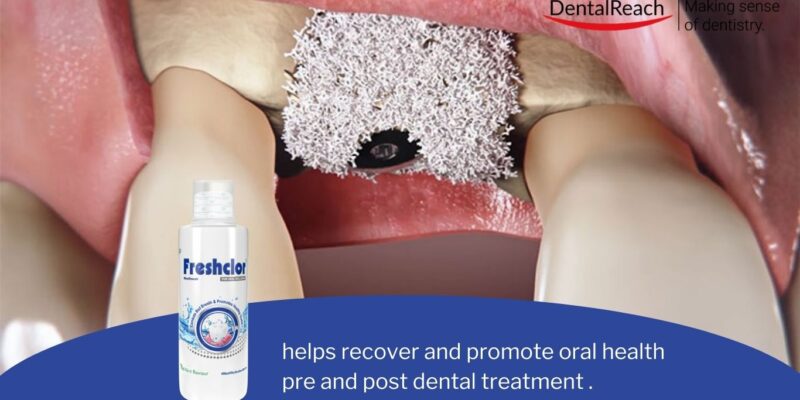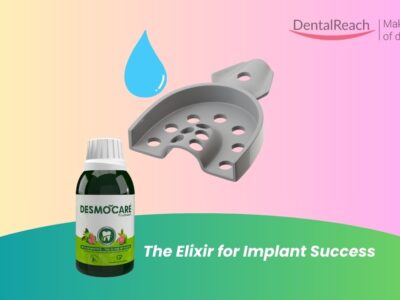Guided bone regeneration (GBR) is a commonly used procedure for regenerating bone defects, often employed in dental surgeries. This study aimed to investigate the adherence of Candida albicans on six commercially available polytetrafluoroethylene (PTFE) membranes used in GBR procedures and to understand the clinical implications of such adherence.
Materials and Methods
The study evaluated six PTFE membranes: two with textured surfaces and four with non-textured surfaces. C. albicans (ATCC 24433) was cultured for 24 hours, and its cell surface hydrophobicity was assessed using a modified method. The adhesion of C. albicans to membrane discs was analyzed using scanning electron microscopy (SEM) and real-time polymerase chain reaction (PCR).
Results
- albicans exhibited significant hydrophobicity at 77.25%. SEM analysis revealed patchy, scattered, and small clustered patterns of C. albicans adherence across all membranes except for one non-textured membrane with a rough surface where a thick biofilm formed. Real-time PCR quantification showed significantly higher adhesion levels on PTFE membranes compared to control membranes (p ≤. 001). Textured surfaces had the highest count of adhered cells at 2680 × 10^4 cells/ml compared to non-textured surfaces at 707 × 10^4 cells/ml (p ≤. 001). One particular rough-surfaced non-textured membrane exhibited the highest count at 3010 × 10^4 cells/ml (p ≤. 05).
The data indicated that surface texture and roughness significantly influence C. albicans adherence to PTFE membranes used in GBR procedures.
Textured PTFE membranes demonstrated higher counts of adhered fungal cells due to their hexagonal-shaped indentations which facilitate cell adhesion but also make them more susceptible to microbial contamination.
What are the Clinical Consequences of Such Adherence?
The colonization by C. albicans on exposed PTFE membranes can lead to biofilm formation alongside other oral microorganisms, potentially causing inflammation in surrounding soft tissues, contributing to oral candidiasis, or serving as reservoirs for periodontal pathogen recolonization.
Studies have shown that microbial infections following membrane exposure can necessitate early removal of these barriers, complicating postoperative outcomes by allowing communication between the oral environment and newly forming tissues—thereby increasing infection risks.
- albicans interacts synergistically with various bacterial species within polymicrobial biofilms, enhancing virulence factors such as antibiotic resistance and pathogenicity in diseases like periodontitis and peri-implantitis.
Hydrophobic interactions play a crucial role in microbial attachment; organisms like C. albicans adhere strongly to hydrophobic surfaces like PTFE due to their inherent hydrophobic properties.
This study highlights that the degree of surface roughness and texture significantly affects C. albicans adhesion on PTFE membranes used in GBR procedures. These findings can impact the surgeon’s choice of GBR membrane and postoperative maintenance.
Future research should explore strategies for modifying membrane surfaces or developing antimicrobial coatings that could reduce microbial colonization while maintaining their regenerative efficacy.
Source: Journal of Clinical and Experimental Dental Research
Read the full article here: https://doi.org/10.1002/cre2.902




















Comments